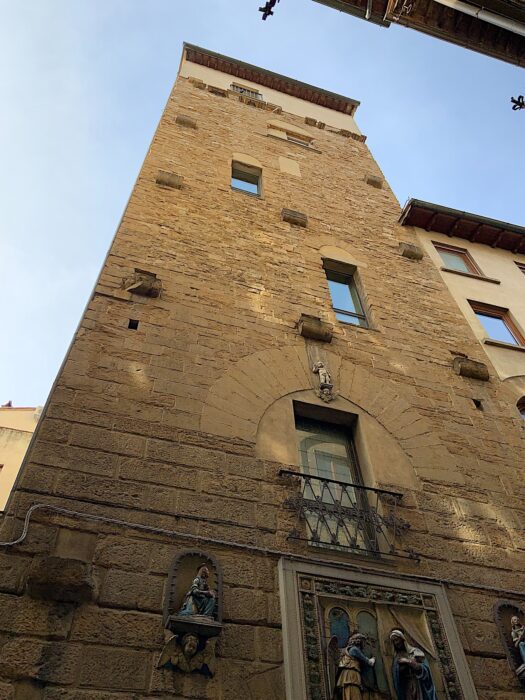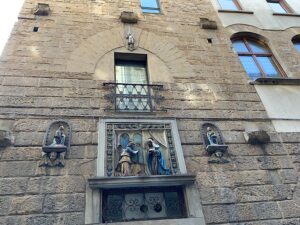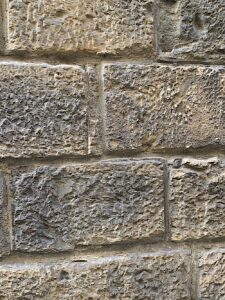Torre dei Marsili

Age
Century XII
Designer
Unknown
The Torre dei Marsili, dating back to the twelfth century, is located in Borgo San Jacopo in the district of Oltrarno. The name of the tower comes from that of the family, of part Guelph, who built it outside the penultimate circle of walls. After the battle of Montaperti, the tower passed to the Ghibelline family of Ramaglianti, then again to the Marsili and then again to the Ramaglianti who had converted to the Guelph side. During the following centuries, it belonged until the seventeenth century to the Sapites family. Around the middle of the nineteenth century it was owned by the antique dealer and jeweler Giuseppe Sorbi who took care of the renovation of the interior and the restoration of the building; the façade was decorated with Della Robbia glazed Terracotta still observable today; in particular, on the door, there is a copy of an Annunciation (the original is preserved inside) flanked by two statues of angels placed in two niches on two shelves. Other restorations were carried out later, around 1925, after the Second World War because of the fleeing Germans’ destruction, and between 1981 and 1985. In the meantime, the property had passed to the Arrighi family, then to the American actress Edith Burr and then to a company of the SMI Group (Società Metallurgica Italiana). The tower, with five floors, has a rectangular plan; on the external walls there are many windows and ancient small openings; the covering is made with smooth ashlars; the last floor with panoramic windows is the less ancient part of the tower. In a niche, on the side of Via Toscanella was ironically placed, in 1984, a Terracotta bust, by Mario Mariotti, known as “Madonna del Puzzo” with reference to bins for waste that cluttered the road.
The covering of the tower is entirely made of smooth ashlars in Pietraforte Sandstone; the façade was decorated with statues and bas-reliefs in Della Robbia glazed Terracotta framed with Pietra Serena Sandstone. The top of the tower is plastered.

